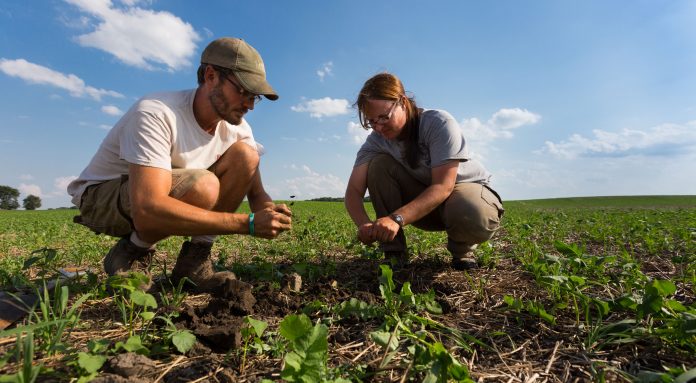Why does a head of iceberg lettuce cost $1.28 (here in TX,
today)? Why is it not $.25? Why not $5?
Why does a head of ‘organic’ iceberg lettuce cost $2.26, at the same
store? What sounds like an easy answer
is quite complicated—and is a very good example of how Capitalism works. Let’s dig.
To get the head of iceberg lettuce, or its organic relative, to market, many
pricing influencers have already taken place:
1. The farmer(s) had to decide a growing
season ago to commit valuable land, fertilizer, weeding, water, and such to grow
lettuce (organic or otherwise). If they
are a large concern, they likely have labor to pay, machinery to buy and
maintain. They have to decide to grow
lettuce, rather than green beans, corn, soy beans, or whatever, in that
particular field. They have to
decide: is it worth the extra cost to be
‘organic’? Are there FDA inspections to
be done? Do they take their own harvested
crop to the local farmer’s market, or do they sell to a wholesaler? Does the wholesaler represent a grocery store
chain, that may or may not add an additional level of inspection? Does the farmer have enough resources to meet
the scheduling demands of harvest? Is
the price offered to the farmer worth all of the above costs? I am likely dramatically over-simplifying
this process, as I am not a farmer—a farmer may read this and think I missed
1,000 major decision-points. And he’d be
right. No one but a true farmer by trade
knows the ins and outs better—no matter what Michael Bloomberg said to the
contrary.
2. How to get the lettuce from where it
is grown to where it is sold? This is
likely a more complicated answer than first glance would assume. Does the farmer hire out that
transportation? Does he buy trucks and
such, taking a long-haul approach? Does
he take his crop to point A, knowing that someone else will take it from point
A to point Z? Many different scenarios,
with many different pricing factors. One
thing is certain: none of that travel
happens for free. So, transportation is
a factor in the final price, but really as a profit limiter for the farmer or
seller, depending upon who pays for what.
3. How good was that applicable growing
season? Was there adequate rain or was
secondary irrigation necessary? Was
their too much rain? (I have no idea how
much is ideal for lettuce—STILL not a farmer).
Did the farmer experience loss due to wild animals eating or otherwise
ruining crops? Did the insecticides used
do the trick, or did some new strain of bug hit his field? Was the fertilizer chosen adequate? Did the fertilizer, along with the existing
soil condition and health, produce the expected crop volume?
4. How many other growers decided
lettuce was the thing to grow? Is the
final supply to market greater than or less than expectations? Did a new big grower influence the entire
market? Did a big grower stop growing
lettuce, making each head possibly a bit more valuable than otherwise?
5. Do people still want to buy
lettuce? Has there been bad publicity,
causing folks to buy less? A nasty rumor
is just as damaging as a real issue. Do
the sellers have enough special shelf space available to market enough of your
crop? Is the buying process too quick, causing
shortages, or too slow, causing spoilage?
Most of those issues are absorbed by the final seller, but only for this
season—big changes may effect future wholesale buying volume decisions.
6. Is ‘organic’ still worth it? Are there enough buyers to warrant the
increased process costs, or was that an expired fad?
The interesting thing to note is that all 6 points above
have to be forecast months, if not years, in advance by the farmer. If he forecasts incorrectly, or if outside
influences change unexpectedly (weather, labor, demand, competition, etc.), the
farmer can experience HUGE losses pertinent to that specific crop. Now, it could be that the farmer diversifies
what he grows, and a loss in crop A may be absorbed by a windfall in crop B
(once again, I’m NOT a farmer). But that
level of planning and pure chance is beyond most folk’s ability to make it
work.
In summary, Supply and Demand still rule Capitalist ventures, none more so than
farming. But the devil is in the details,
as always. When we see the $1.28 per
head price, that is the RESULT of everything else. That price, or an increase or decrease in
that price, will absolutely impact future farming decisions. In a Socialist or Communist economy, farmers
are usually told by government what to grow.
But in Capitalism, each farmer decides what his best guess is for his
own future. Maybe it’s time to raise
cattle, and abandon the farming thing altogether…

























